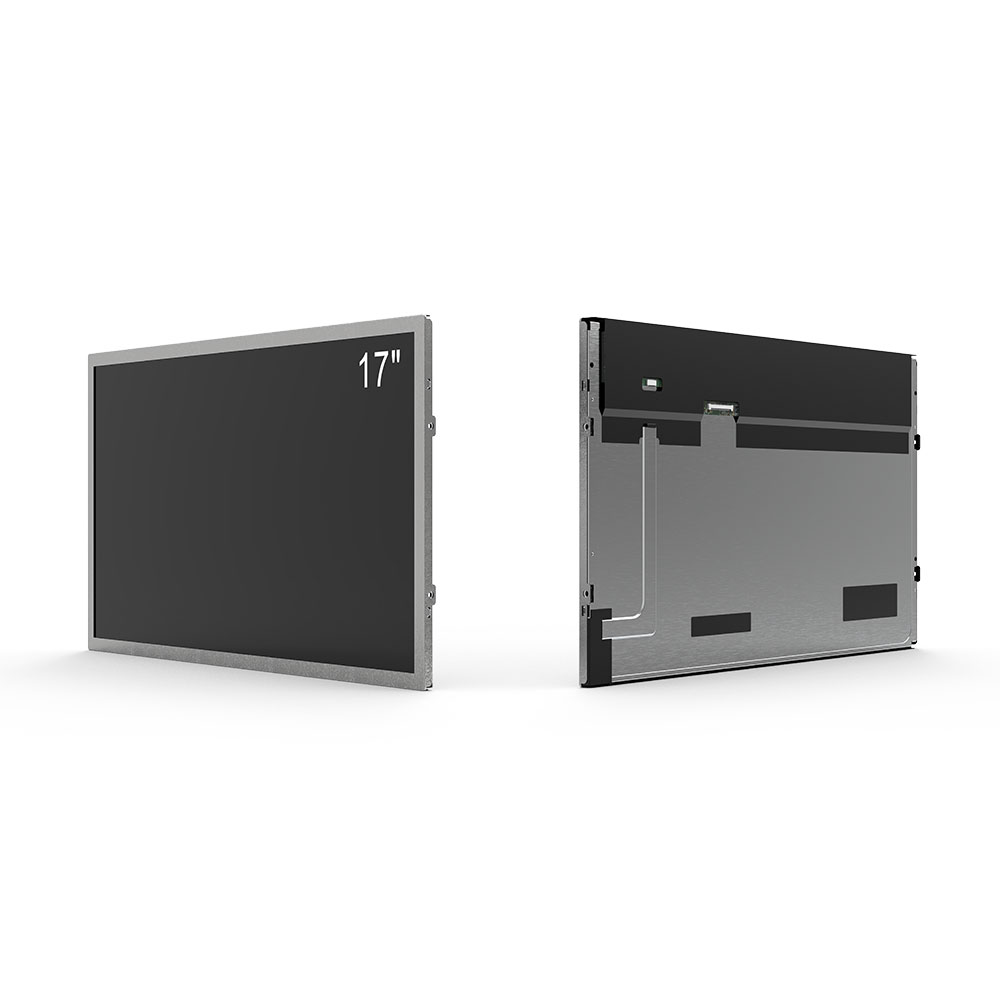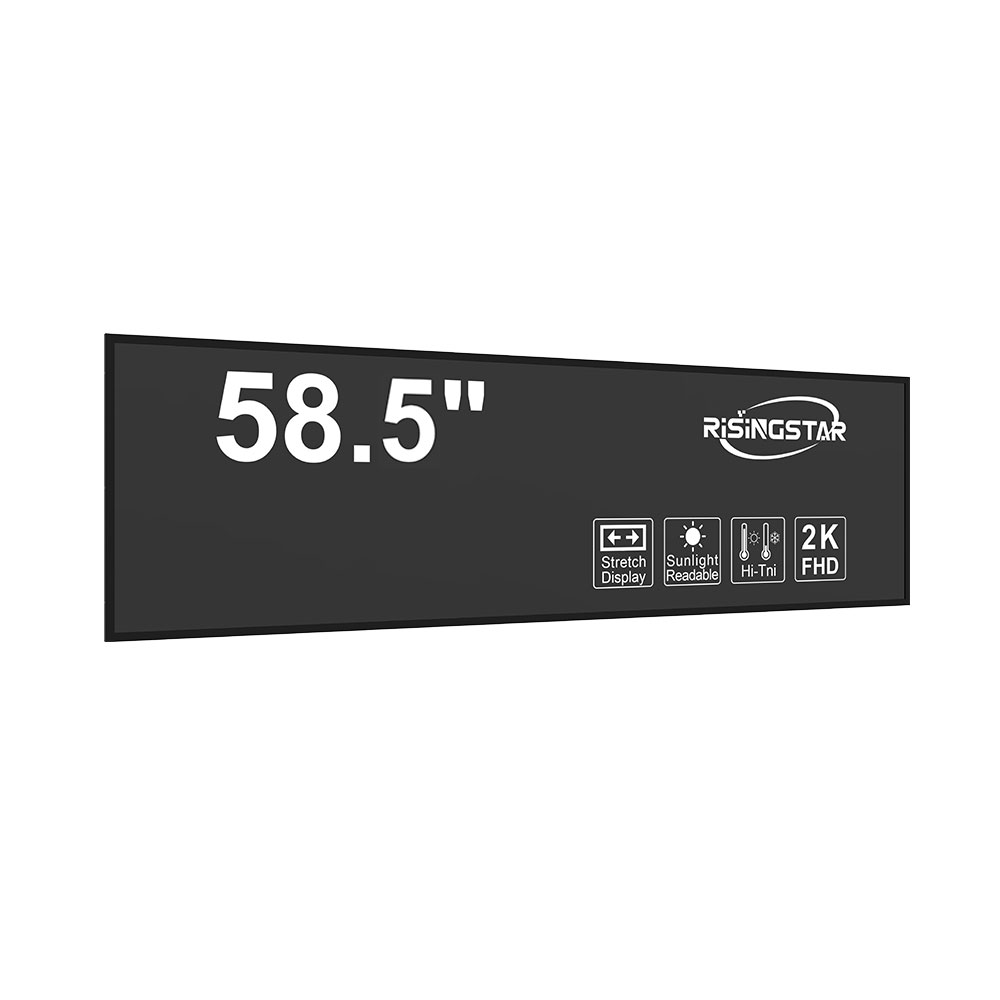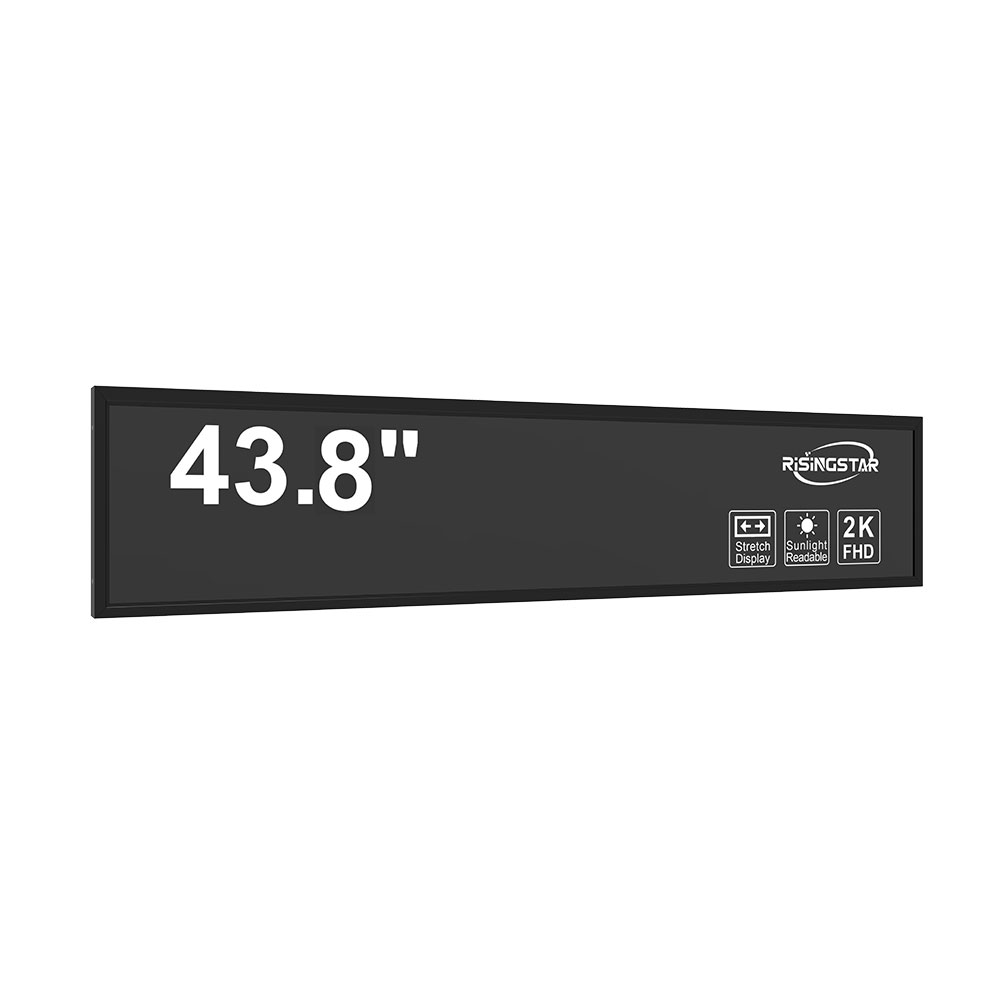- Home
- About Us
- Products
- News
- Video
- Contact
- Send Inquiry
Search
- Home
- About Us
- Products
- News
- Video
- Contact
- Send Inquiry

In the rapidly evolving world of display technology, understanding what "IPS" means in a monitor is essential for consumers seeking clarity, color accuracy, and viewing flexibility. IPS stands for In-Plane Switching—a revolutionary LCD panel technology developed by Hitachi in the late 1990s and later refined by companies like LG Display and Samsung. Unlike older TN (Twisted Nematic) panels, IPS offers significantly improved image quality, making it the preferred choice for professionals and enthusiasts alike.
At its core, IPS works by aligning liquid crystal molecules parallel to the glass substrate—hence the term "in-plane"—rather than perpendicular as in TN panels. This alignment allows for better control of light transmission, resulting in wider viewing angles (typically up to 178°), more consistent color reproduction, and reduced color shifting when viewed from off-center positions. These benefits are particularly critical in professional applications such as graphic design, video editing, medical imaging, and architectural visualization, where accurate color representation is non-negotiable.
Modern IPS monitors also feature superior contrast ratios and faster response times compared to earlier generations. For example, high-end IPS panels now achieve 1ms response times (with overdrive technologies) and support HDR (High Dynamic Range) content through local dimming or full-array backlighting. Many IPS displays now operate at 100% sRGB coverage and even extend into Adobe RGB or DCI-P3 color spaces—key metrics for content creators who need precise color gamut accuracy.
From an energy efficiency standpoint, IPS panels have historically consumed more power than TN counterparts due to their complex pixel structure. However, advancements in LED backlighting and panel manufacturing have minimized this gap. For instance, Dell’s UltraSharp series and LG’s UltraFine line use IPS panels with adaptive brightness sensors that reduce power consumption without sacrificing performance.

Real-world case studies reinforce the value of IPS technology. A 2022 survey by Display Supply Chain Consultants (DSCC) found that over 65% of professional monitors sold globally used IPS panels, up from just 30% in 2015. Additionally, Apple’s transition to IPS-based Retina displays in MacBook Pro models starting in 2012 marked a pivotal shift in consumer expectations—proving that IPS is not only viable for desktops but also for portable devices.

For gamers, the once-common trade-off between response time and color accuracy has largely been resolved. Modern gaming IPS monitors, such as ASUS ROG Swift PG279Q and Acer Predator XB273K, deliver 144Hz refresh rates with 1ms GTG (Gray-to-Gray) response times while maintaining excellent color fidelity. These innovations have helped IPS become the dominant choice in both gaming and productivity segments.
Ultimately, knowing what IPS in a monitor truly means empowers users to make informed decisions based on their specific needs—from budget-friendly office setups to high-end creative workstations. Whether you’re a designer, engineer, gamer, or casual user, IPS technology ensures your display delivers clarity, consistency, and visual immersion under any lighting condition.
